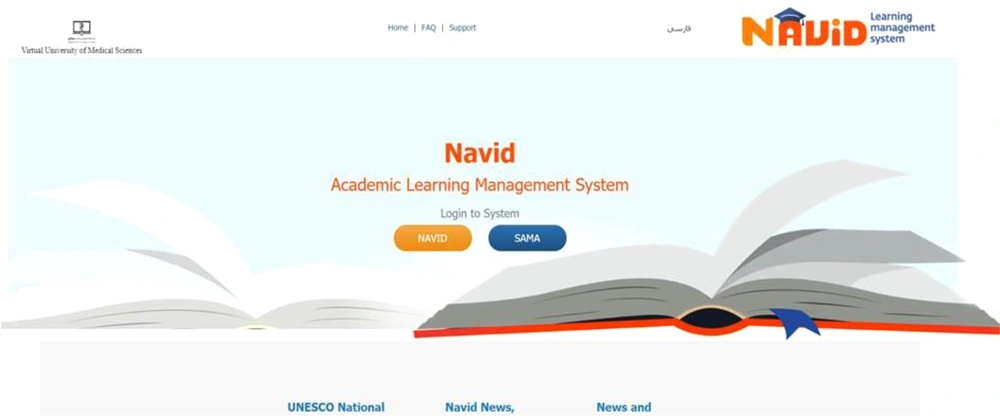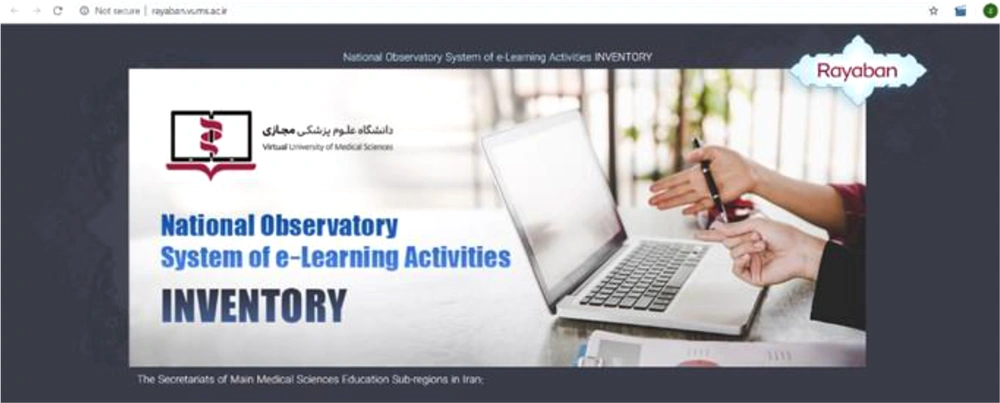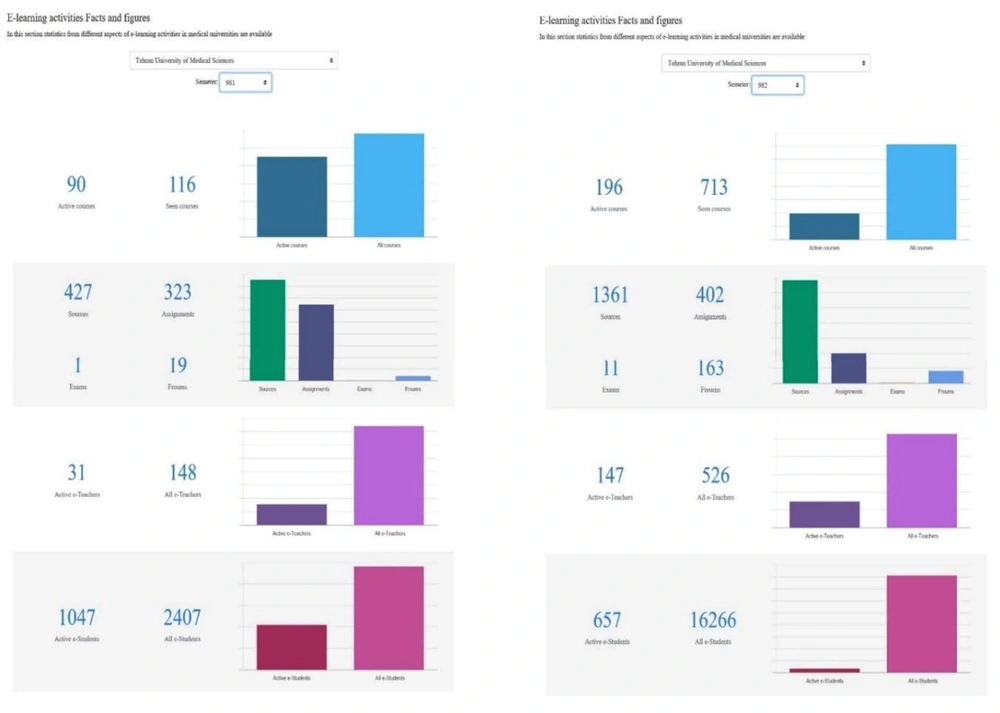1. Background
Since the beginning of creation, Man has always suffered from different harms and disasters. The human’s goal has always been to manage damages caused by the crises. A crisis is an incident occurring naturally or, as human says, suddenly and imposing hardship on the human society. Accordingly, urgent measures are required to manage it, and this is essential and rewardable (1). One emerging crisis worldwide is the COVID-19 (2). Coronaviruses are a large family of viruses and a subset of coronaviridae, which ranges from the common cold virus to the more serious causes of disease, including SARS, MERS, and COVID-19. Coronaviruses were discovered in 1965, and their examination continued until the mid-decade of 1980. The virus naturally spreads among mammals and birds; however, seven human coronaviruses have been discovered.
The latest coronavirus was spread in Wuhan, China, in December 2019 as an epidemic in humans (3). By 19 September 2020, 957152 patients died from the novel coronavirus, and the total number of positive tests was raised by 30,730,571 cases in different countries such as North Korea, Japan, Taiwan, Australia, Singapore, Nepal, Vietnam, Indonesia, Germany, Russia, Fiji, France, Iran, USA, and other countries. With the emergence of several coronavirus victims (ie, about 1000 cases), the WHO selected an official name for the disease caused by the virus COVID-19 (ie, coronavirus disease in 2019). The initial estimate shows that the virus's mortality rate is between 2 and 3 percent of the infected. The first positive case of the new coronavirus and six suspected cases were reported in one of the cities in Iran on 19 February 2020. On 21 February 2020, there was an official announcement of the death of four individuals. Iran was the second country that suffered the most from coronavirus fatality after China and the third in some cases.
Momentary statistics is available on https://www.worldometers.info/coronavirus.
The latest statistics are as follows (Figure 1):
With the rapid spread of the disease, all cities in Iran were exposed to compulsive contamination. Figure 2 shows the daily growth rate of the disease presented on the website.
http://graphics.reuters.com/CHINA-HEALTH-MAP/0100B59S39E/index.html
The prevalence of the virus and the need to take preventive measures imposed special conditions on the community, one of which was the closure of universities. Accordingly, it was necessary to make decisions to continue the education process and manage the crisis because it was unclear how long they would be closed. Disaster management is a practical science systematically observing and analyzing a tool to prevent the crisis and take the necessary measures to mitigate the effects of the crisis (4). The overall purpose of disaster management is to minimize the damage (1). Although this condition is considered a threat, it is an opportunity to grow and promote E-learning from another viewpoint. The internet has provided the grounds for the new learning environment, called "virtual learning" (5). Although E-learning is expected to become the standard teaching method globally by 2020, it seems to be more required in countries dealing with the coronavirus crisis (6). The important mission of education in the medical sciences is to train competent individuals with knowledge, attitude, and skills necessary to maintain and promote the health of the community (7). Medical education has been formed with the aim of sustainable development to improve students' ability to make future decisions and create a global perspective through effective learning and adaptation to the present changes (8).
This field, as a part of higher education, is obliged to provide students with a wide range of knowledge, attitudes, and skills, and it is committed to providing a suitable environment and competency-based curriculum to serve the community better (9). Medical education aims to enhance professional skills and theoretical training (10). To gain theoretical knowledge, competencies, and professional ethics, we need using new methods such as evidence-based learning, integration of basic and clinical science courses, virtual teaching methods, focusing on community-based medical education, student-centered education, and empowering learners for lifelong learning (11). Blended learning is a relatively new term; however, its concept has existed for decades in cyberspace (12). Blended learning refers to an educational approach offering a combination of online and face-to-face education. The type of teaching depends on the purpose and nature of the lesson. Accordingly, the benefits of both E-learning and traditional education are considered (13). Studies have revealed that the efficiency of a blended system is greater than the efficiency of both systems alone (14), and that students satisfaction is also promoted (15). Blended learning has the following advantages: enriching education, providing an active learning experience, increasing accessibility and flexibility, familiarizing students with self-learning and web-based learning systems, and utilizing social and interpersonal interaction (16). Nowadays, the blended learning approach has a special situation in all universities worldwide, and these organizations spare their efforts to improve the quality of education by using the principles of this approach (17, 18). This method has been used to optimize learning outcomes and is cost-effectiveness (19). Since blended learning can encompasses the strengths of both traditional and virtual approaches, it is an excellent way to achieve teaching-learning goals in medical education. Blended learning can transfer learning materials more efficiently and also is a more effective teaching method (20).
2. Description of Experience
Learning management system (LMS) is the key infrastructure required for the deployment and development of E-learning. All the universities and medical research institute in Iran are under the supervision of the Ministry of Health, Treatment, and Medical Education. Customized LMS was develioed in 2017 and dedicated a specific domain to all universities and institutes. The LMS address is http://navid.vums.ac.ir. Since then, blended learning has become an integral part of medical education in Iran. Uploading teaching materials, submitting assignments, taking online exams, developing blended learning opportunities, messaging, and participating in the forum are some features of LMS. The platform is bilingual in Persian and English. Figure 3 shows a customized LMS, called "NAVID learning management system."
Universities encouraged this method of learning; however, there was no mandate to use the system. It was just used on teachers and students’ demand. Simultaneously, a virtual education activity monitoring system was designed to assess the educational status of universities and institutions. The system was launched under the Persian name of "Rayaban" and English name of the" National Observatory System of E-Learning Activities" (Figure 4). This system provides the following information for each university: Number of active courses, sources, assignments, exams, forums, active e-teachers, and active e-students. The system is available on the following website: http://Rayaban.vums.ac.ir
With the emergence of the COVID-19 crisis and the closure of universities, the Ministry of Health, Treatment, and Medical Education invited all teachers to provide their theoretical lessons as E-learning so the crisis should not affect the students' education. The teachers can upload their sources on the system and have synchronized or synchronized teaching. They can also use the forum to interact with students. They can define assignments and exams for students and monitor learning processes. About 20 days after the closure of universities, the incremental trend of loading courses on the system shows that this teaching method has acted successfully to replace traditional classes in above 70 universities and research institutes. Figure 5 shows the report of Tehran University of Medical Sciences, One of Iran's largest medical Universities, during two consecutive semesters, one before the coronavirus outbreak and another one during the crisis.
3. Experience Tips
Disaster management takes place at three levels (namely before, during, and after the crisis), each of which has some prerequisites. Although designing and launching LMS, dedicating domains to all universities and institutes, and empowering teachers to work with the system are pre-crisis management strategies, some teachers’ resistance, inadequate equipment, and lack of educational follow-up facilities, and evaluation criteria prevented the development of blended learning in the medical field. The spread of the coronavirus has intensified the move towards using new approaches in education. This is a real educational maneuver that has strengths and weaknesses, the main goal of which is to compensate students’ learning during university holidays. Noteworthy, pre-crisis planning and awareness do not require a large investment; however, significant investment is needed to trace the post-crisis damage. LMS and investment for that vacancy filled the higher education centers, and education was regulated. Achievements in disaster management in the field of education was a valuable experience for the Islamic Republic of Iran.
4. Discussion
One of the challenges of any type of education is quality assurance. Although promising to provide us with opportunities, the advent of technology alone cannot lead to effective training. The need for the cultural acceptance of the benefits of blended learning has not been clarified to many policymakers and managers yet. This is because of the lack of strategies in general, and educational strategies in particular. Accordingly, recognizing the proper context for this type of education would provide the grounds for the better management of this field and improve the quality of teaching and learning. During and at the end of this crisis, it is intended to measure the status and consequences of the rapid growth of blended learning, including students and teachers’ satisfaction and the quality of learning. Feedback would allow the adoption of corrective measures such as further empowerment of faculty and students and necessary reconstruction and rehabilitation in this field.





